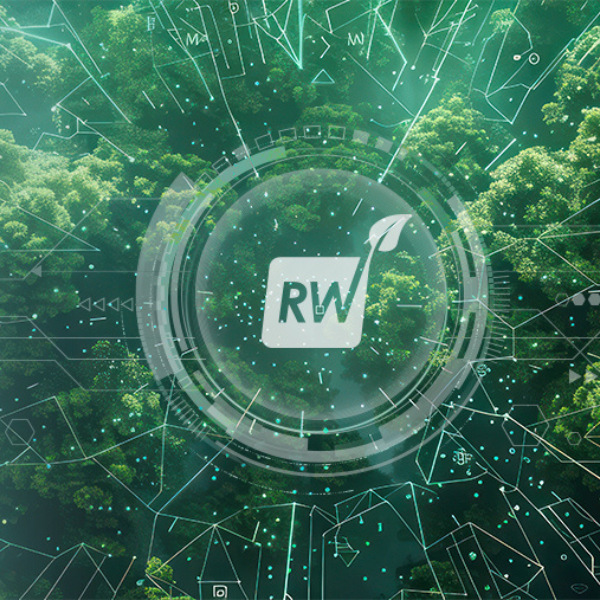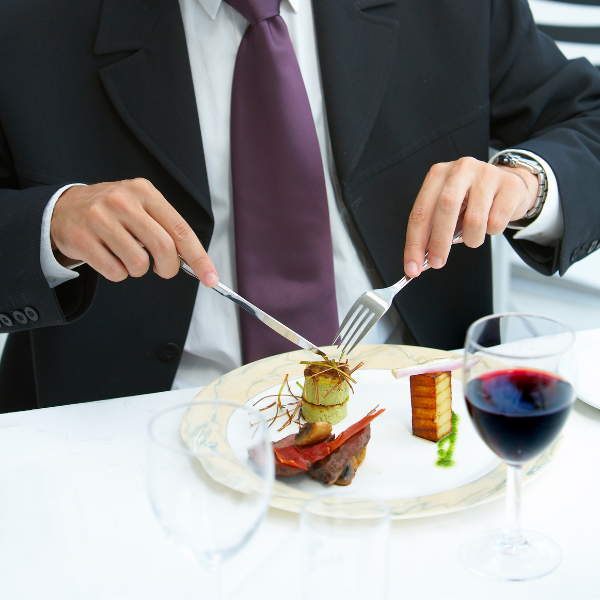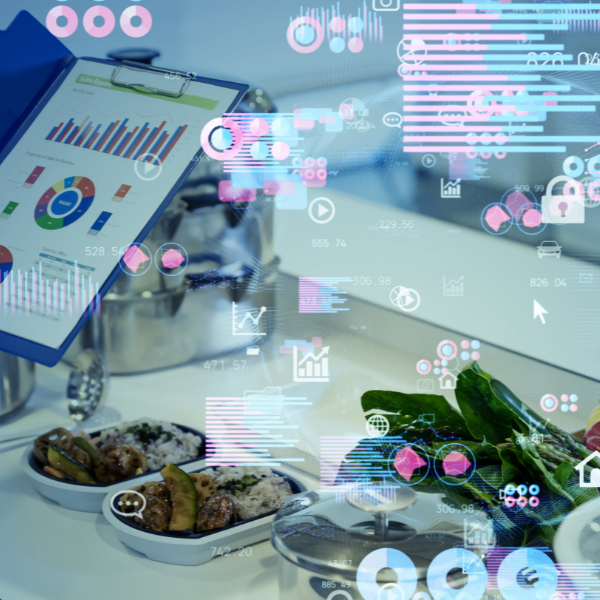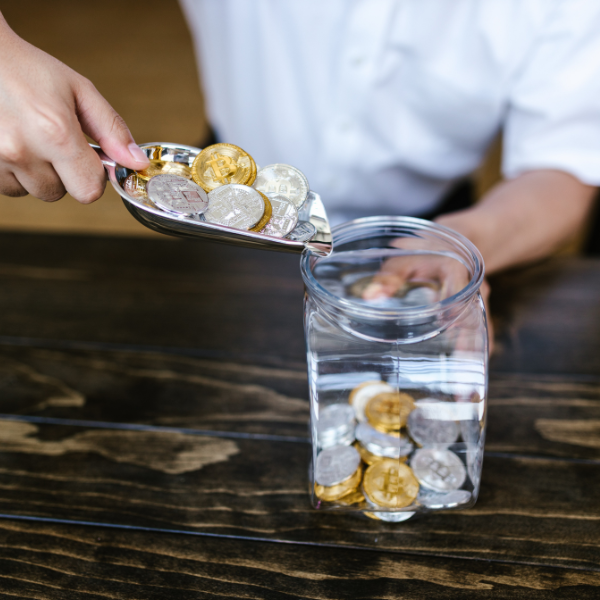In the ever-evolving world of foodservice, understanding customer preferences is crucial to staying ahead of the competition. The challenge lies in accurately analyzing beverage choices to create a menu that resonates with your clientele. By tapping into customer preference beverage analysis, operators can make informed decisions that enhance customer satisfaction, boost beverage sales, and align with current market trends. This guide explores how to analyze beverage trends, leverage customer feedback, and optimize your drink offerings for maximum impact.
Understanding Customer Beverage Preferences
To optimize your drink menu, it's essential to first understand your customers' beverage preferences. This involves gathering and analyzing data on customer choices and consumption patterns. Start by examining sales reports to identify top-selling beverages and those that underperform. Additionally, consider conducting a beverage preference survey to gain direct insights from your customers.
Sales Reports: Analyze your sales data to identify trends and patterns. For instance, if iced coffees consistently outsell hot coffees during summer months, consider expanding your cold beverage options.
Surveys and Feedback: Implement surveys or feedback forms to gather customer opinions on your current offerings. Ask questions like ""What new drink would you like to see?"" or ""How satisfied are you with our beverage options?""
By combining quantitative data with qualitative insights, you can build a comprehensive view of customer beverage preferences.
Leveraging Beverage Market Insights
Staying informed about broader beverage market insights is vital for aligning your offerings with industry trends. Beverage trend analysis helps you anticipate customer demands and spot opportunities for innovation.
Industry Reports: Regularly review market research reports to understand emerging trends. For example, reports may highlight a growing preference for plant-based milks or functional beverages like kombucha.
Competitive Analysis: Observe what competitors are offering and how their customers are responding. If a nearby café's new matcha latte is gaining popularity, it might be worth considering a similar addition to your menu.
A proactive approach to beverage market research ensures your menu remains relevant and appealing.

Implementing Data-Driven Beverage Decisions
Once you've gathered and analyzed customer beverage data, the next step is to apply these insights to optimize your drink menu. Data-driven beverage decisions can lead to more effective and efficient operations.
Menu Customization: Tailor your menu based on customer drink choice patterns. If data shows a strong preference for fruity flavors, introduce a new fruit-infused iced tea.
Inventory Management: Use beverage analytics tools to predict demand and adjust your inventory accordingly, reducing waste and ensuring freshness.
Consider a hypothetical scenario: a regional coffee chain notices a decline in traditional coffee sales but an uptick in cold brew popularity. By reallocating resources to expand cold brew options and marketing them effectively, they can capitalize on this trend and increase overall sales.

Optimizing Beverage Offerings for Sustainability
Sustainability in beverage offerings is increasingly important to consumers. Analyzing beverage trends can reveal opportunities to enhance your sustainability efforts.
Eco-Friendly Packaging: Opt for sustainable packaging, such as compostable cups or recyclable lids, to appeal to environmentally conscious customers.
Local and Organic Ingredients: Incorporate locally sourced or organic ingredients to reduce your carbon footprint and support local economies.
By prioritizing sustainable beverage options, you can differentiate your brand and meet the growing demand for eco-friendly choices.

Crafting a Drink Menu That Resonates
Analyzing customer preferences is key to optimizing your beverage choices and staying competitive in the foodservice industry. By leveraging customer feedback, conducting thorough market research, and implementing data-driven decisions, you can create a drink menu that delights your customers and drives sales. Explore Restaurantware’s range of sustainable packaging solutions to enhance your beverage offerings and align with your brand values."
FAQs
How often should I conduct a beverage preference survey?
Conduct surveys quarterly to keep up with changing customer preferences and seasonal trends.
What tools can help with beverage sales analysis?
Consider using POS systems with integrated analytics features or specialized beverage analytics tools to track sales data efficiently.
How can I ensure my beverage offerings remain innovative?
Regularly review industry reports, attend trade shows, and encourage staff to share ideas based on customer interactions.









